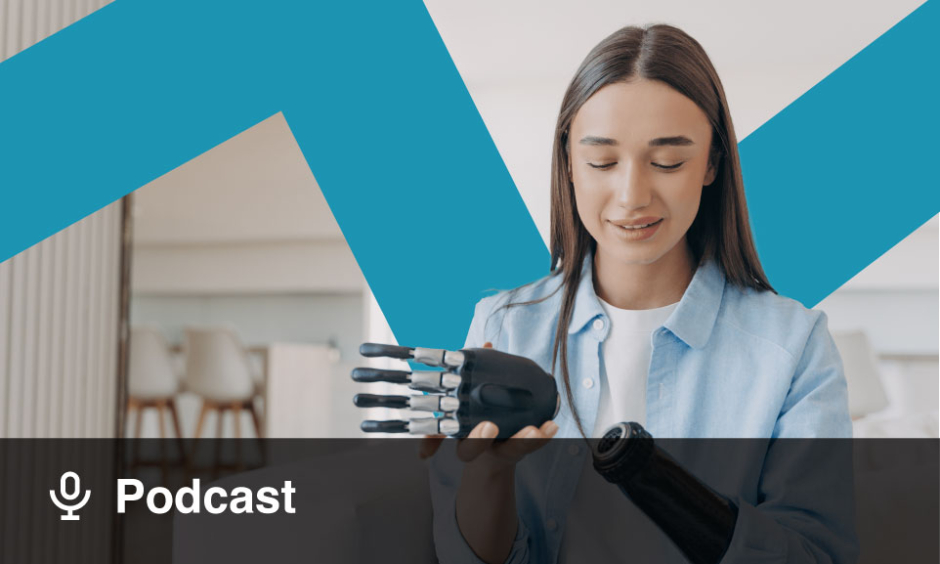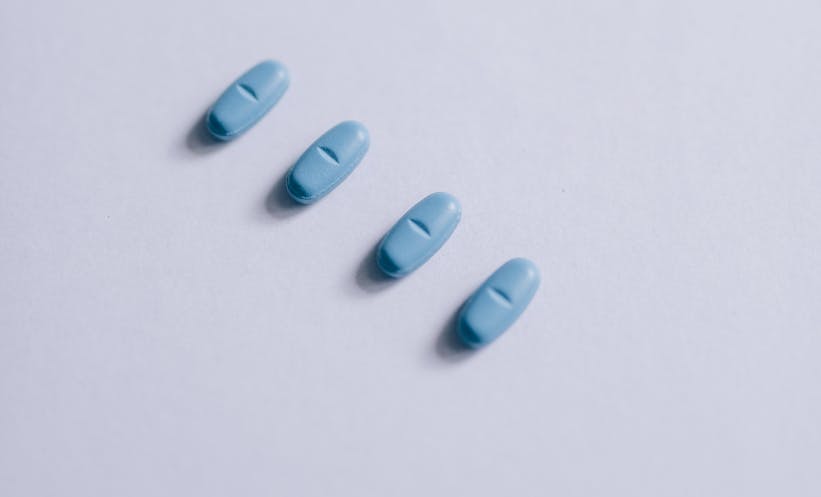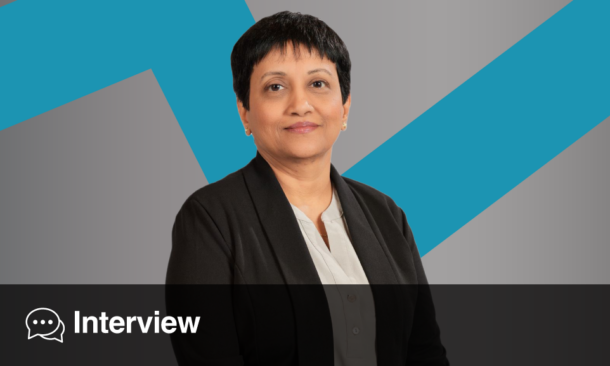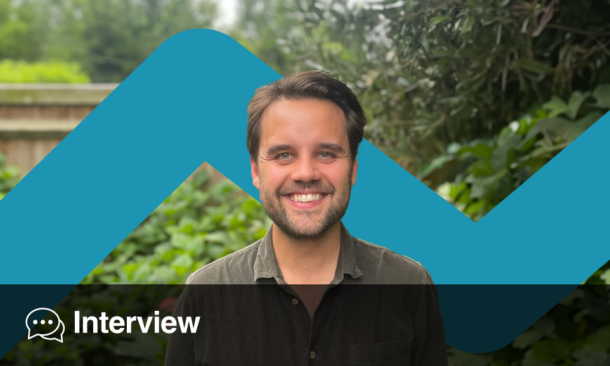Written by Katie Earl | Assistant Editor, EMJ
![]()
Introduction
Asked to name the first thing that came into their heads when thinking about innovation, the editorial team members at EMG-Health thought carefully before listing words such as data, machinery, nanobiology, lightbulb, new, and technology. Of course, each of these things has an important place in healthcare innovation: the advancement in technology has impacted every sector for the better in most cases, medical devices have revolutionised the way both complex and everyday procedures are performed, and the collection and processing of data allows more patients than ever to contribute to the results of clinical trials. But are these definitions confusing innovation with the narrower phenomenon of technological advancement? Does innovation have to involve grand gestures, hefty price tags, and shiny new toys, or could it be something even smarter?
We’ve all read the stories about artificial intelligence encroaching on our lives and big data being collected by wearable technology and bots. These daunting concepts tower over us in our everyday lives, not just in healthcare. The problem is that these technologies take time and money to implement, and, as healthcare professionals, payers, and patients can attest to, innovation is needed now.
And if one looks closely enough, they’ll find that innovation really is happening right now, but not in the way you might think. In fact, it’s happening in patients’ backyards, on public transport, and in the back offices and meeting rooms of sectors far removed from healthcare altogether. They might not be high-tech, they might not even be U.S. Food and Drug Administration (FDA)-approved (yet), but they certainly are making a difference to patients every day.
Cocoon
The Cocoon is Uma Smith’s invention to address the very pressing need for wider public understanding of epileptic seizures and how to support someone who experiences a seizure. After being diagnosed with the condition aged 11, Uma found that the public were underprepared to help, meaning that having a seizure in a public place was dangerous and unpredictable.
Smith invented Cocoon to give patients a portable device that would allow them to have a safe space within which to allow the seizure to pass, while also informing the public via written messages about how to help and support them. When the patient notices visual cues that they are about to experience a seizure (such as aura), they can wrap the device around the top of their head to cushion. The device contains a chip that will automatically alert the ambulance service if a seizure lasts for >3 minutes. As well as being functional, the design of the equipment was inspired by sportswear to help users feel reassured and empowered without it being associated with disability.
The device has been awarded the James Dyson Award, and Smith hopes to refine the device through further testing and prototyping to achieve FDA approval in the future.
Mastectomy-Friendly Bra
Healthcare and fashion might not be the most obvious of bedfellows, but when underwear-brand CEO Fran Dunaway found herself struggling to find a well-fitting bra after her mastectomy, she decided to take matters into her own hands. Her brand, TomboyX, has since launched the Ruched Bralette with Removeable Inserts, allowing wearers to mix and match inserts and breast forms to suit their lifestyle and wishes, whether this is post-mastectomy patients, transition patients, or anyone else who feels they would benefit from the feature. Patients are therefore empowered to feel comfortable in their bodies following these life-altering procedures, while being enabled to see reconstructive surgery as a choice, rather than the only option available.
Liftware
Tremors are a complication of a number of neurodegenerative diseases, impacting almost every facet of everyday life for patients and their carers. When engineering student Anupam Pathak graduated his studies developing new technology to stabilise camera and recording equipment, he began to look at other applications for the technology that would enhance standard of living for patients with disabilities. Liftware was born: a series of handles that attach to kitchen and dining utensils, keeping them steady in spite of hand tremors and allowing patients to be independent when eating meals. Since being set up in 2012, Liftware has now been acquired by Verily and their range of products continues to expand.
Kids Kicking Cancer
Kids Kicking Cancer is a programme which was founded by Rabbi Elimelech Goldberg in 1999 after he witnessed his daughter’s painful battle with leukaemia. Their mission is to ease the pain of very sick children, while empowering them to heal physically, spiritually, and emotionally using martial arts and meditation to give young patients coping mechanisms for the painful or uncomfortable procedures accompanying cancer treatment. Since its conception, Kids Kicking Cancer has expanded to 5 countries and 48 hospitals, and only continues to grow. In 2018, they also launched an app, “Breathe Brake®,” connecting the children who are part of the programme to adults across the world, giving them the opportunity to become teachers themselves, empowering them and giving them a sense of control over their lives. The app also allows adults to leave messages of support for the children.
Kids Kicking Cancer demonstrates how innovation need not be a high-tech solution to patient support and welfare. Their work has been acknowledged on a plethora of media networks and Rabbi Elimelech Goldberg has been awarded the Robert Wood Johnson, Community Health Leaders Award in Washington D.C., USA, and was featured in People Magazine as a Hero for his work with Kids Kicking Cancer.










